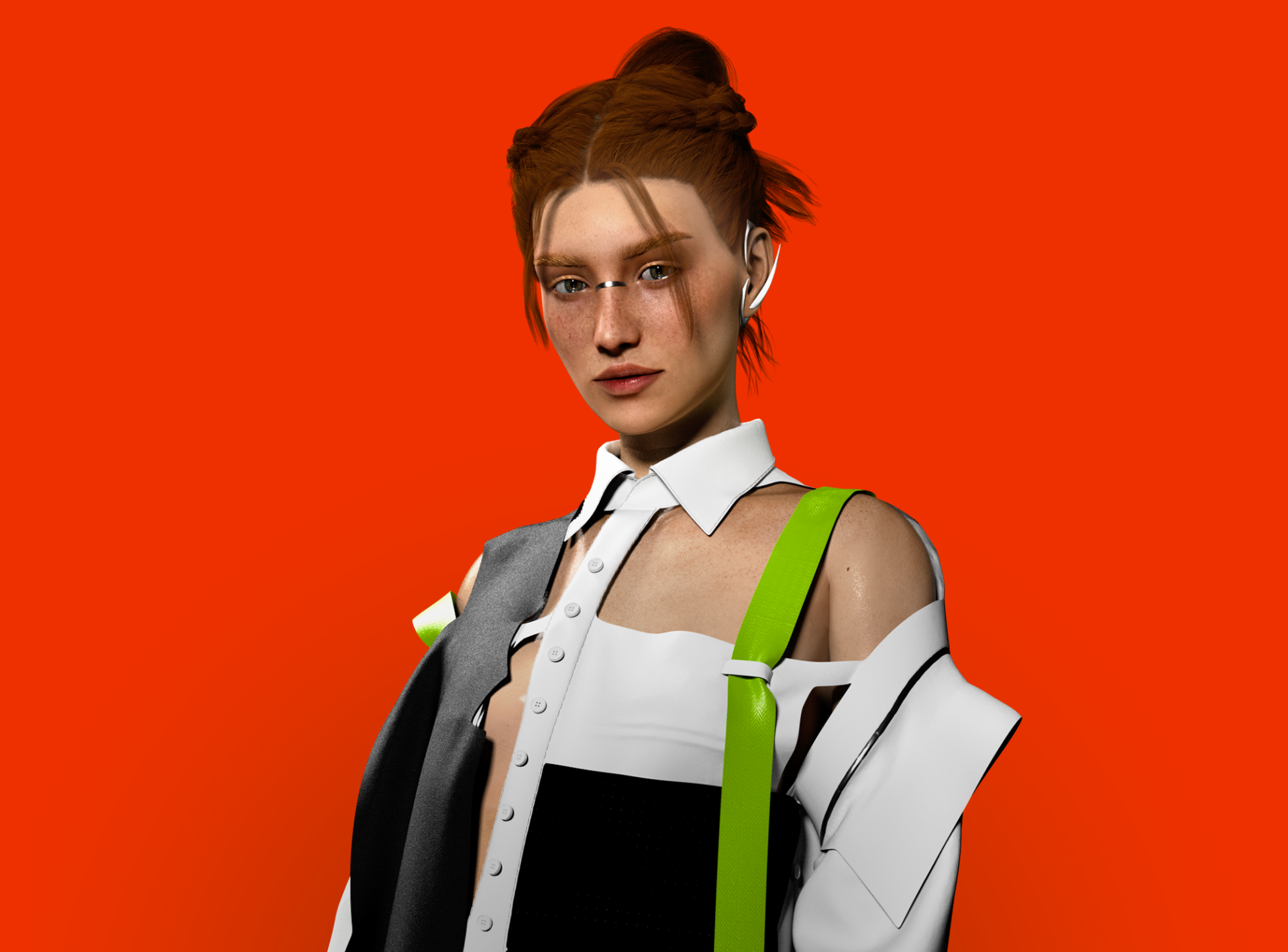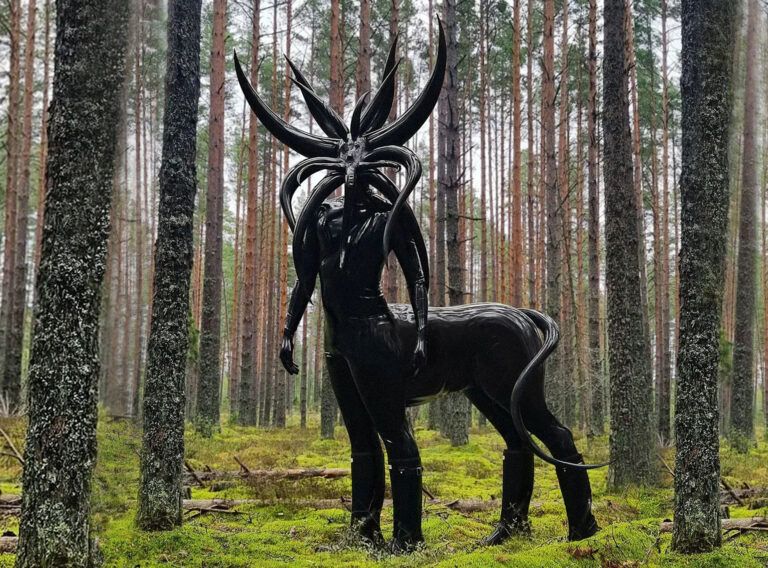PT.1 /NIVVA/
What was the first impulse when creating NIVVA? Was it the desire to protect one’s privacy, your artistic alter ego manifestation or something entirely different?
When I created NIVVA, I wanted to just connect things I love, my work as a 3D designer and music. I have always been a shy girl, the idea of performing scared me so when I met Ondra Mikula (composer, producer and musician Aid Kid) and Jakub König (musician and songwriter Kittchen) they understood and didn’t want to push me into anything. It just came up naturally. I can connect 3D and music and just make myself an alter ego. Also, I like the fact (and I wanted it this way from the beginning) that NIVVA is about the music and visuals and not necessarily about the person who expresses it – who stays behind it all. Usually, when artists perform on a stage, it’s 90 per cent the frontman you care about, sometimes you don’t even care about the whole show if you don’t like the performer. If there is any show of ours in the future, we will make sure it is an audiovisual experience so people won’t care about this influence because there won’t be this factor.
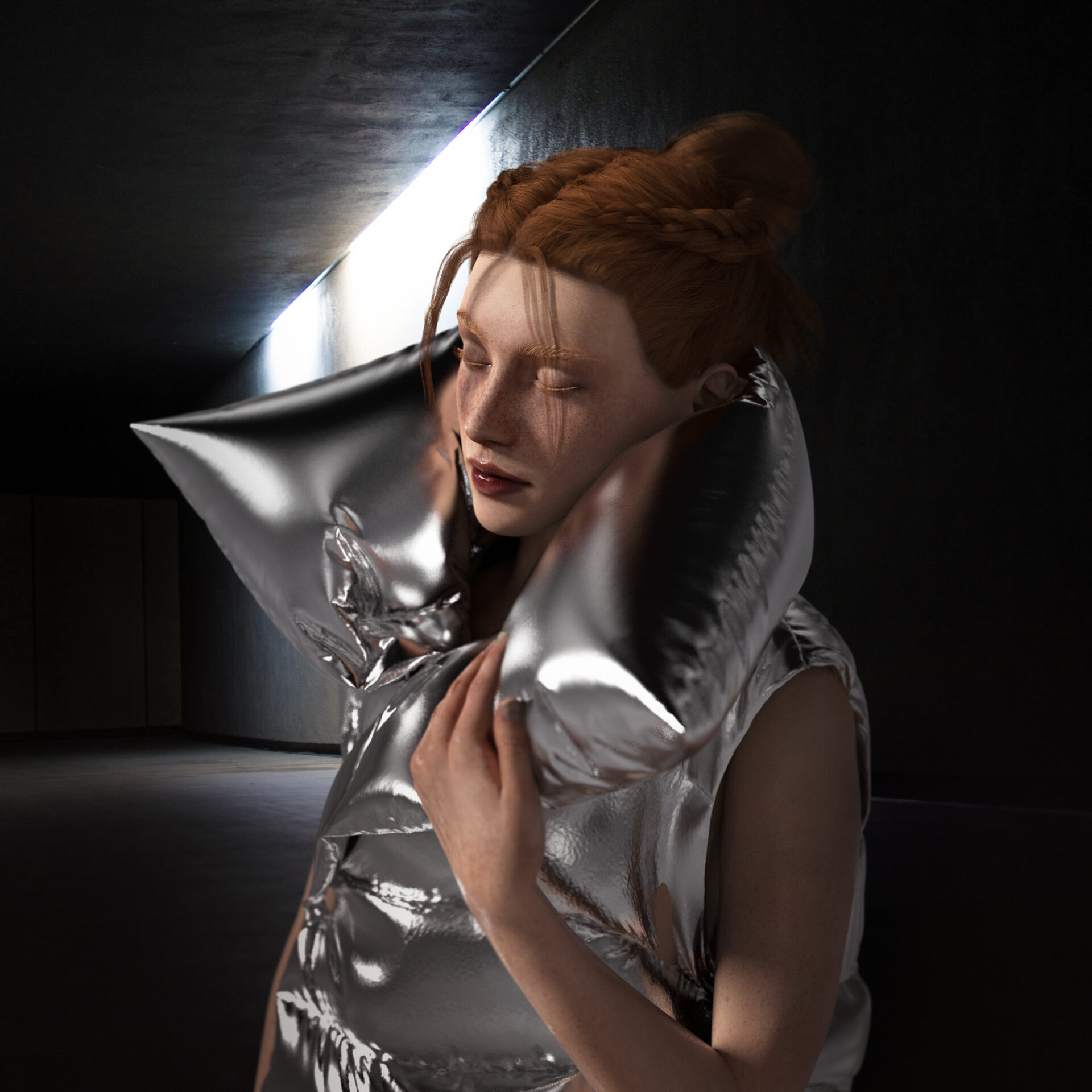

What was first, the singer or the 3D designer?
As I mentioned before, it was the singer in the beginning. I have been doing 3D and animation for the past 2.5 years and I have learnt everything by myself and by help of my colleagues. In the beginning, NIVVA was supposed to be my alter ego but lately I feel it is not even that important. She doesn’t really look like me if you ask, she is just someone neutral you can focus on. It’s much more of an art piece for me.
Do you sometimes think about NIVVA purely on the product level or is your approach always personal?
I think both, in a way. I gave her my voice, sometimes I think a generic voice might have been better for a digital avatar but that would be a completely different story. Giving her my voice and thoughts about stuff is quite the personal input. However, on the other hand, she doesn’t exist because she is digital, she isn’t even my digital copy and the way she acts on social media doesn’t show anything personal. So she is, in the end, a product. Lyrics in our music are about feelings but feelings of an avatar/robot that was used by people. Digital persona, AI, who experiences emotions and doesn’t understand them. Next album, which we plan to release next year, is gonna be about superhuman AI. In conclusion, NIVVA is not supposed to be a self-projection nor a hideout. I would call it a music/art project.

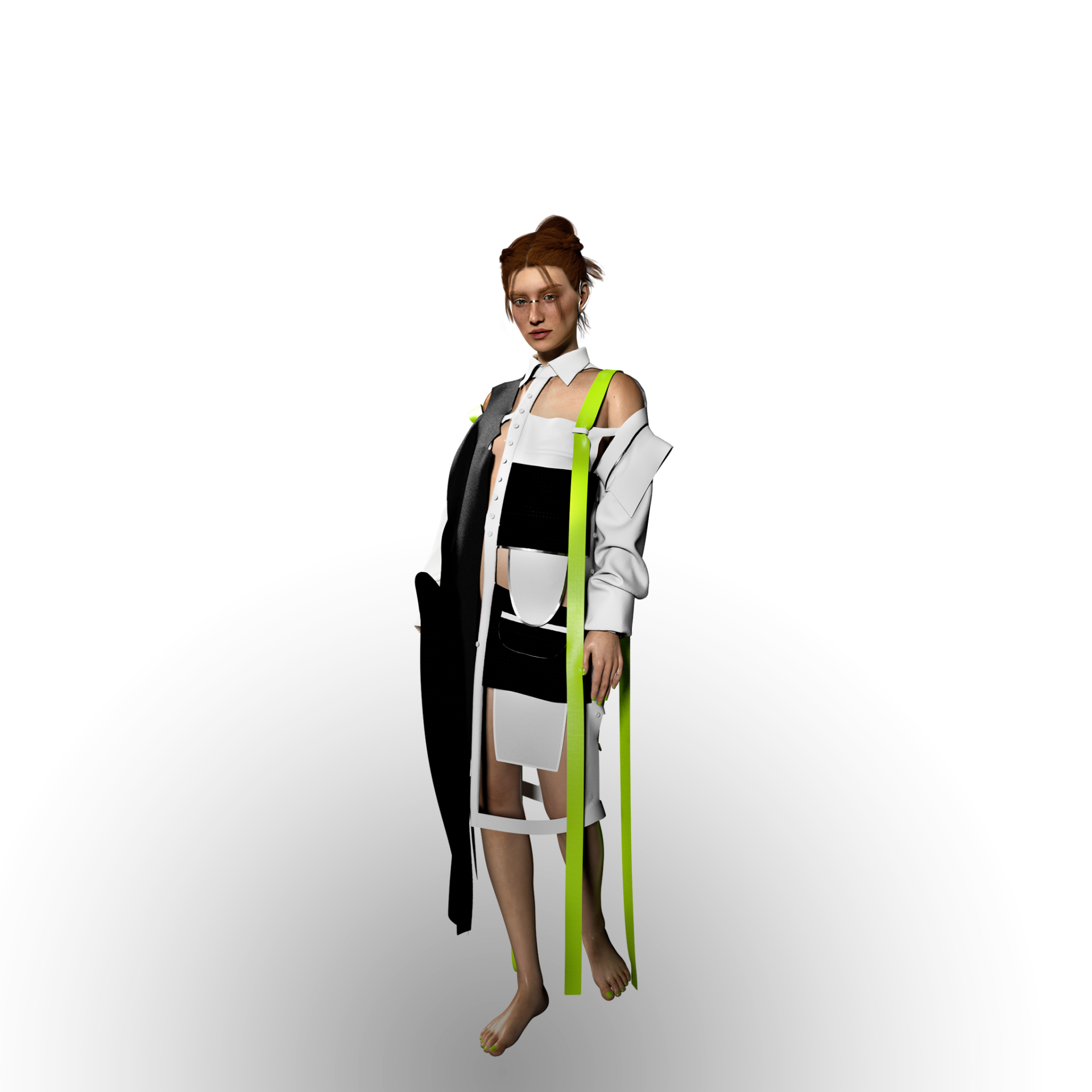
Why ‘NIVVA’?
NIVVA was the name of my previous project. It was just me and my friend singing really silly songs about food and such. Those songs don´t even exists anymore, it was quite stupid, honestly. But we had fun. Nevertheless, when I was thinking about a name back then, I wanted it to resemble this silly mood. Niva is Czech for ‘blue cheese’, I just wanted it to look more sophisticated and typographically good so I added one more V. When I met Ondra and Jakub, they just liked the name so we kept it. It just adds a bit of spice to the whole thing and it is funny because, nowadays, NIVVA talks about serious topics and it’s not meant to be a joke at all.
Did you plan to connect NIVVA with creators of no-waste digital fashion from the start?
In the beginning of creating NIVVA, I had no idea what options it will offer so no, I didn’t have it planned. But I am really happy to connect it with such a meaningful topic. I really enjoy collaborating with the designers. I have learnt a lot about digital fashion and things surrounding it. Before that, I didn’t even know such a thing exists. I am just really hyped about it.
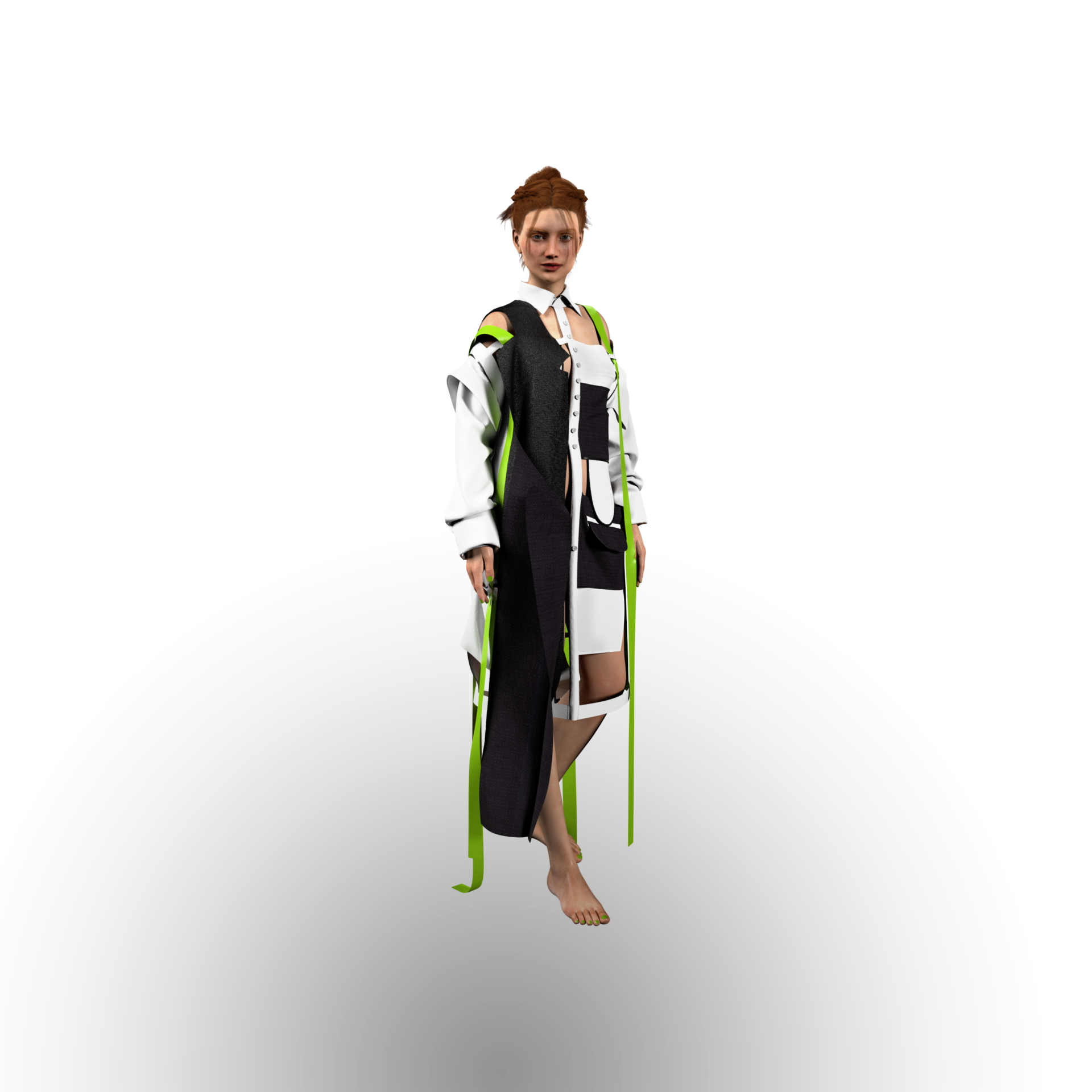
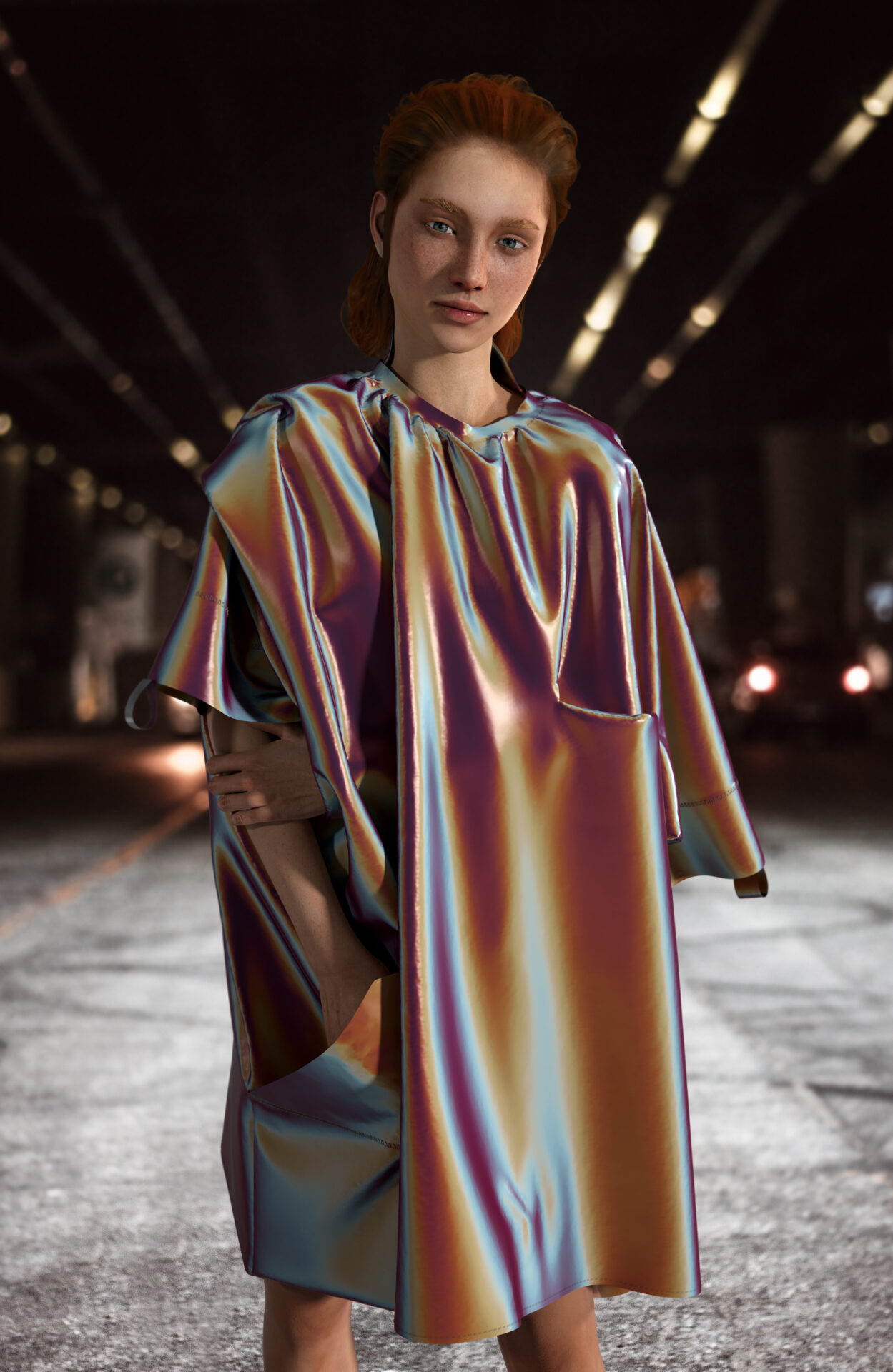
Will there a NIVVA concert?
NIVVA is not really a concept for normal concerts or festivals. It is supposed to be digital and stay mainly online. However, we were thinking of making a couple of shows in the future. It takes time to prepare such things but from what I can tell you right now, there is something coming up this autumn. Stay tuned!
Do you perceive the rise of digital artists as a symptom of ‘our’ allegedly depersonalized times or just as another trend or experiment in self-presentation?
I think, with upcoming technologies, we are going to see a lot of similar things/projects/art in the near future. It will be more approachable for people to create avatars for themselves, kind of like the game The Sims. Even an iPhone scans your face and emoticons can emote the way you do so it’s just a matter of the time when those avatars will have human resemblance based on pictures. It is definitely a mixture of being trendy, different and new… and also a way of self-presentation in today’s supersaturated times.
BIO
NIVVA is music/an artwork from Prague, the Czech Republic. What sets it apart from other music bands is that the main face of this project is a digital avatar. NIVVA’s creator is a self-taught singer and songwriter and professional 3D model maker who gained experience with modelling avatars in a project involving the treatment of mental disorders, namely paraphilia. NIVVA’s debut EP, EASY, was released by Czech Bad Names Label in February 2020, listen to it here. In autumn 2020, we might see their first audiovisual show.
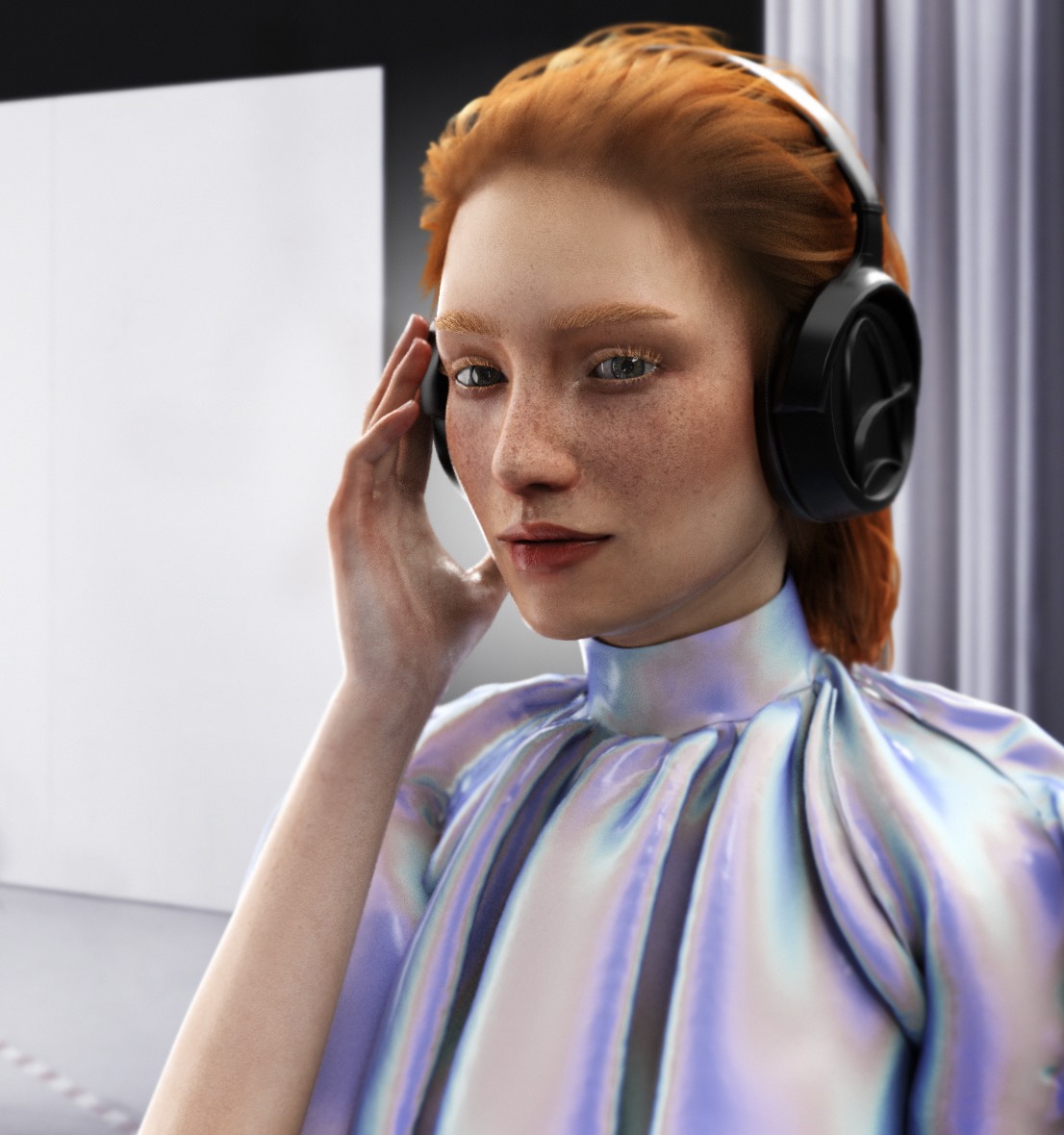
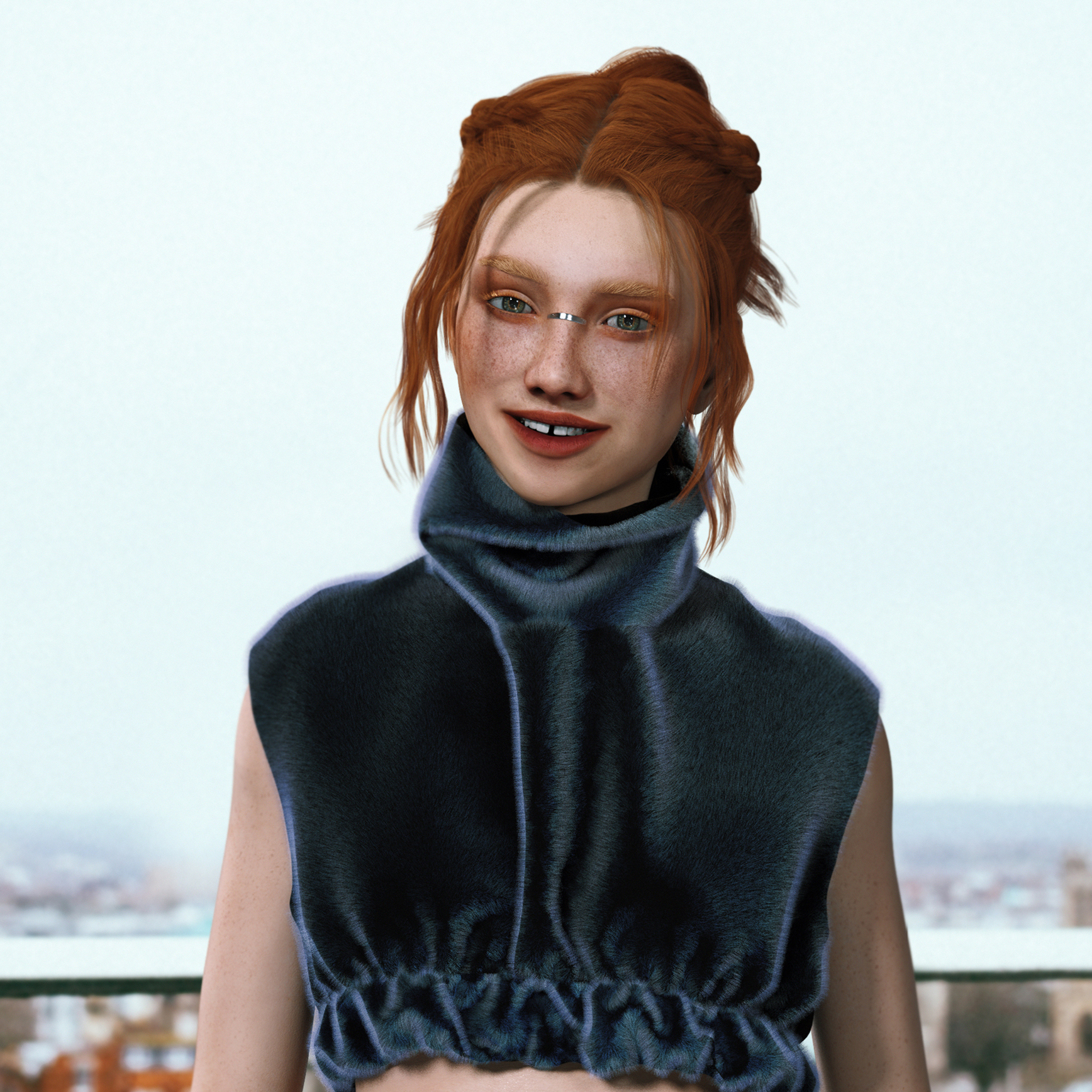
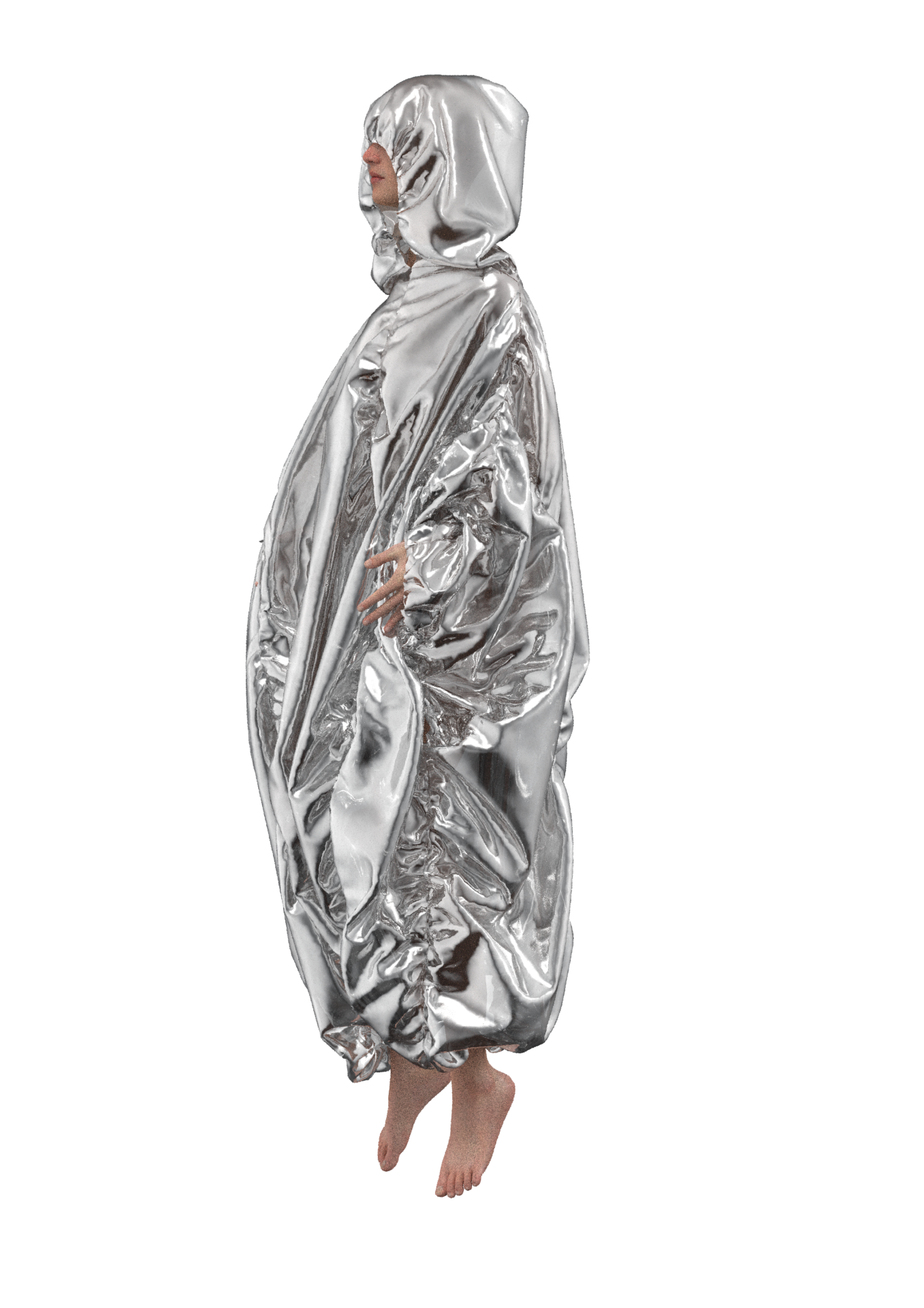
PT.2 /Žil Julie Vostalová/
How close are these two worlds in your life: the natural reality and computer reality?
I am a 90s’ kid so I grew up in front of the computer playing games. The digital world has always been an extension of the physical one for me. Both worlds subject to different physical laws. The digital world does not obey the laws of gravity and you can easily create a flying squid wearing a burning outfit out of your latest collection or whatever you can imagine – 3D modelling and animation basically have no boundaries. Since there is so much freedom, the clearer vision you have the better. It saves time. The physical world has its laws as we experience them every day, well known to us. What the digital worlds of algorithms and mathematically predetermined environments cannot beat is the moment of unprecedented randomness and human judgement. I am talking about the surprising moment when a creator says – that’s it! Bingo.
Combining these two worlds in my works, I started using the word ‘PhyGital’ during my studies at AMFI (Amsterdam Fashion Institute) in order to describe the relation between and capture the transition of these two worlds. Practically, I digitized patterns, digitally prototyped a no-waste pattern collection on body-scanned bodies of my models and, finally, I constructed the garments from a quilted fabric. It is a two-way approach – either you go physical-digital-physical, or digital-physical-digital. It saved me time and loads of toiling material.

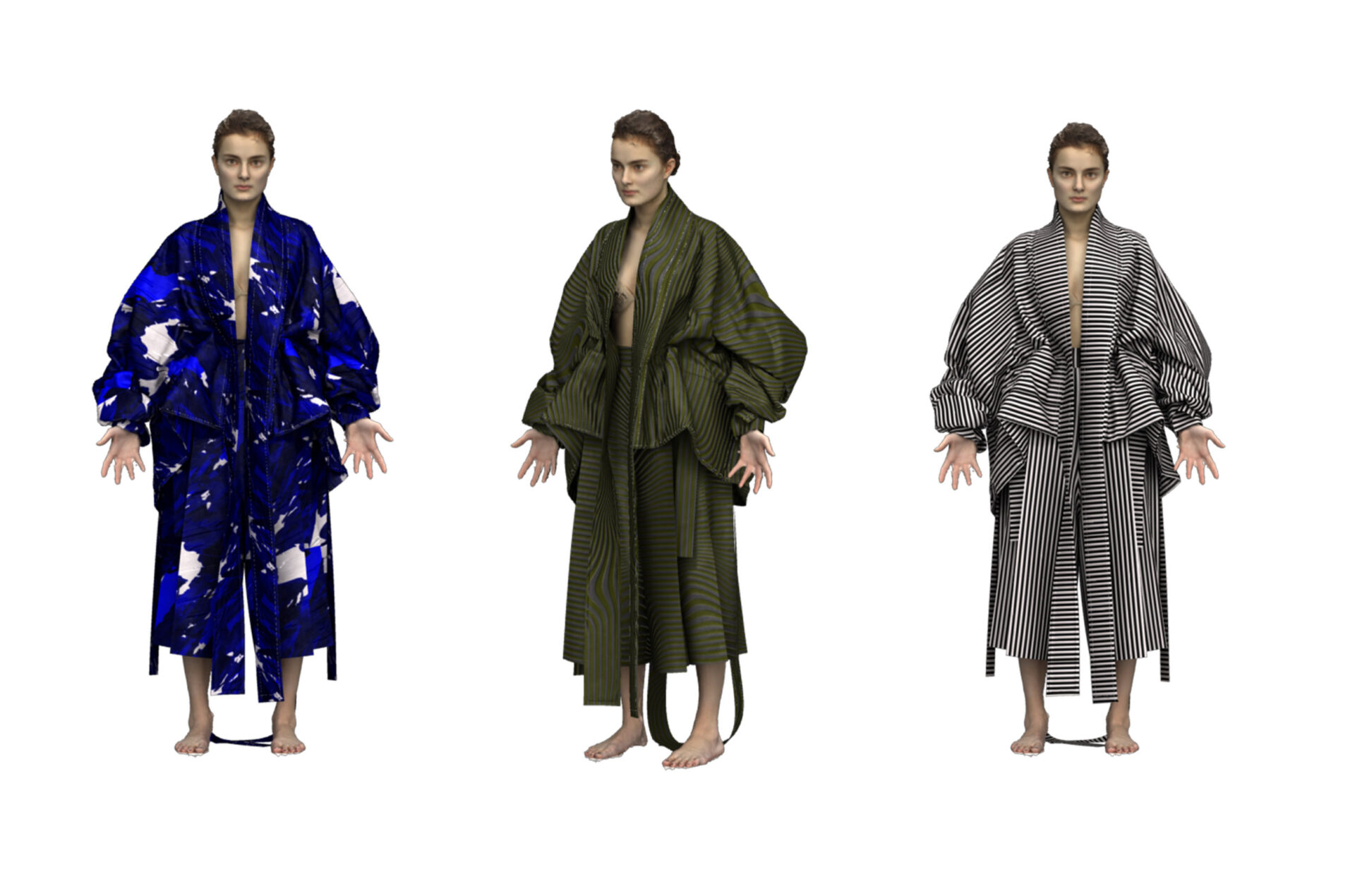
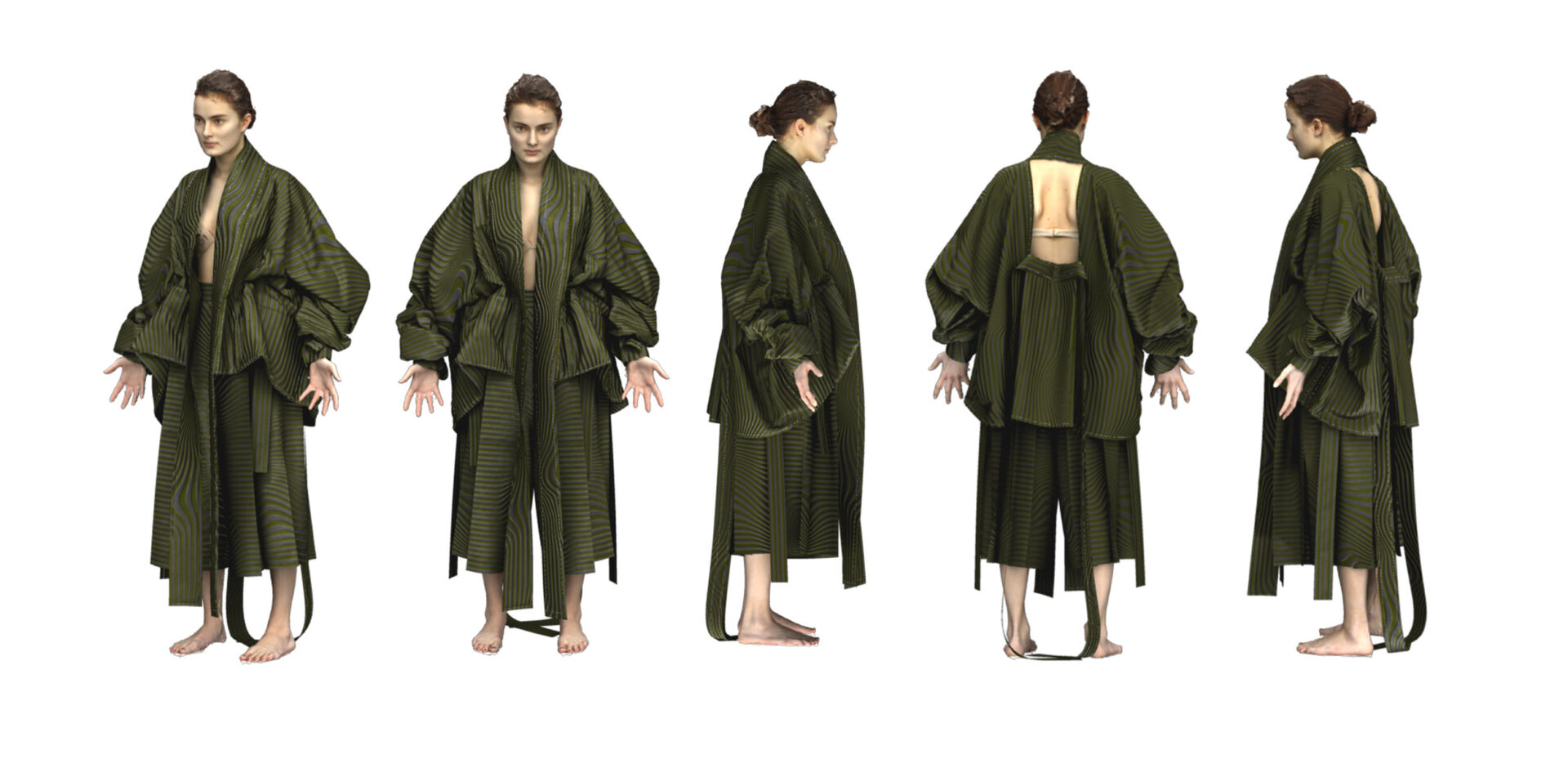
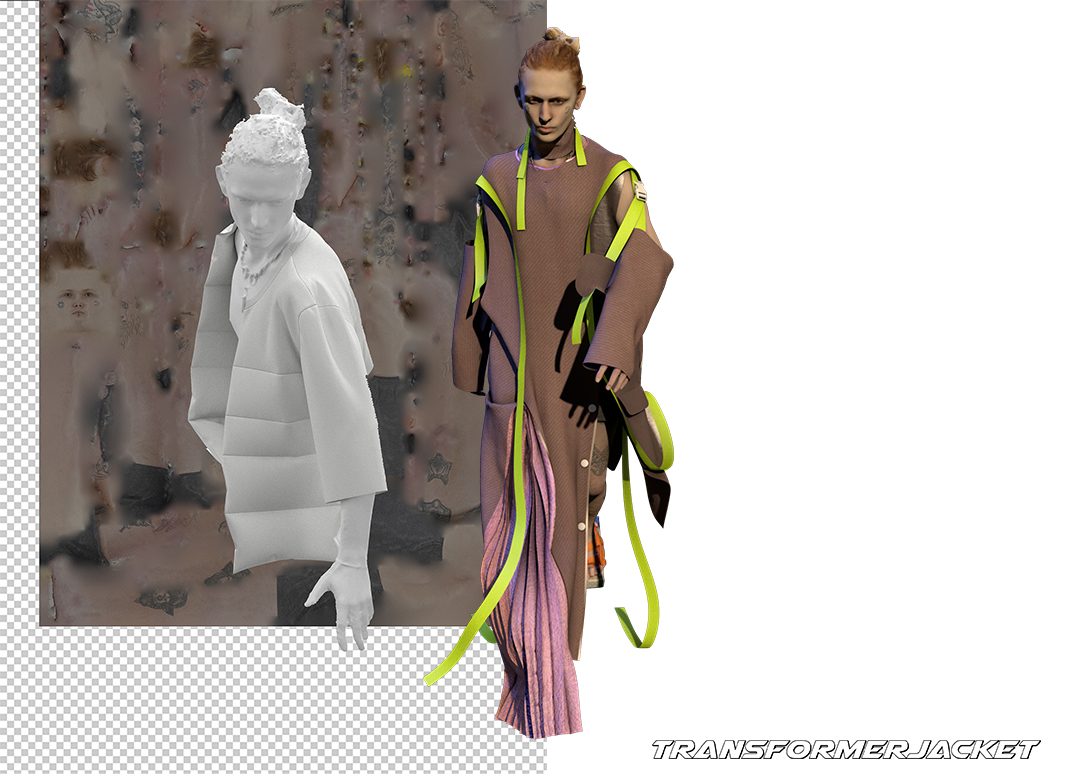
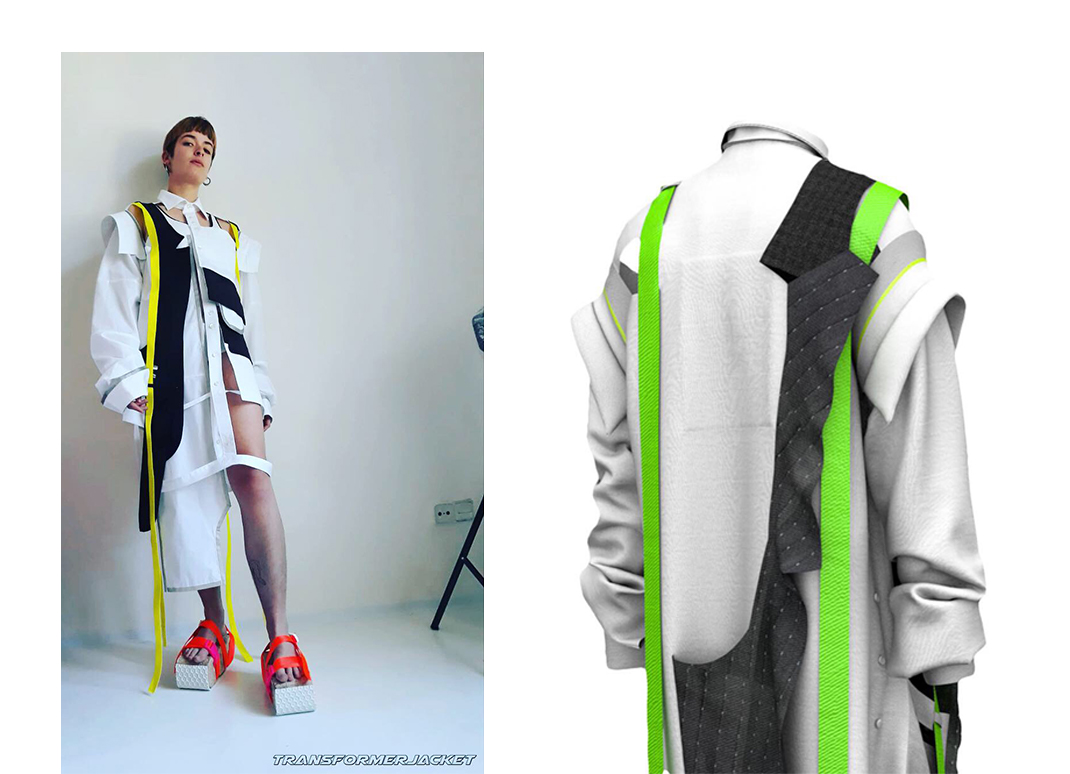
What’s the lifecycle of your clothes? What happens to the designs after you model them, is there a possibility to wear them digitally?
Designing and constructing a digital model is very similar to the traditional way of sewing – it takes similar amount of time. That’s why I insist a digital fashion designer should have traditional tailoring knowledge and respect for the fashion craft’s history. Once the 3D garment is designed, it is stored as a 3D model that can travel across time and space. The difference from a physical garment is that any change in the look and construction can be done easily, without constructing the garment again.
A 3D garment can be worn in virtual spaces, on your avatar/bodyscan, but in 2019 we’ve seen the massive success of the Carlingsa company that sold out their digital collection. The product/service was a photo of their customer posing ‘dressed’ in a digital outfit. This served as a material for presentation on social media. So yes, a digital garment can be worn.
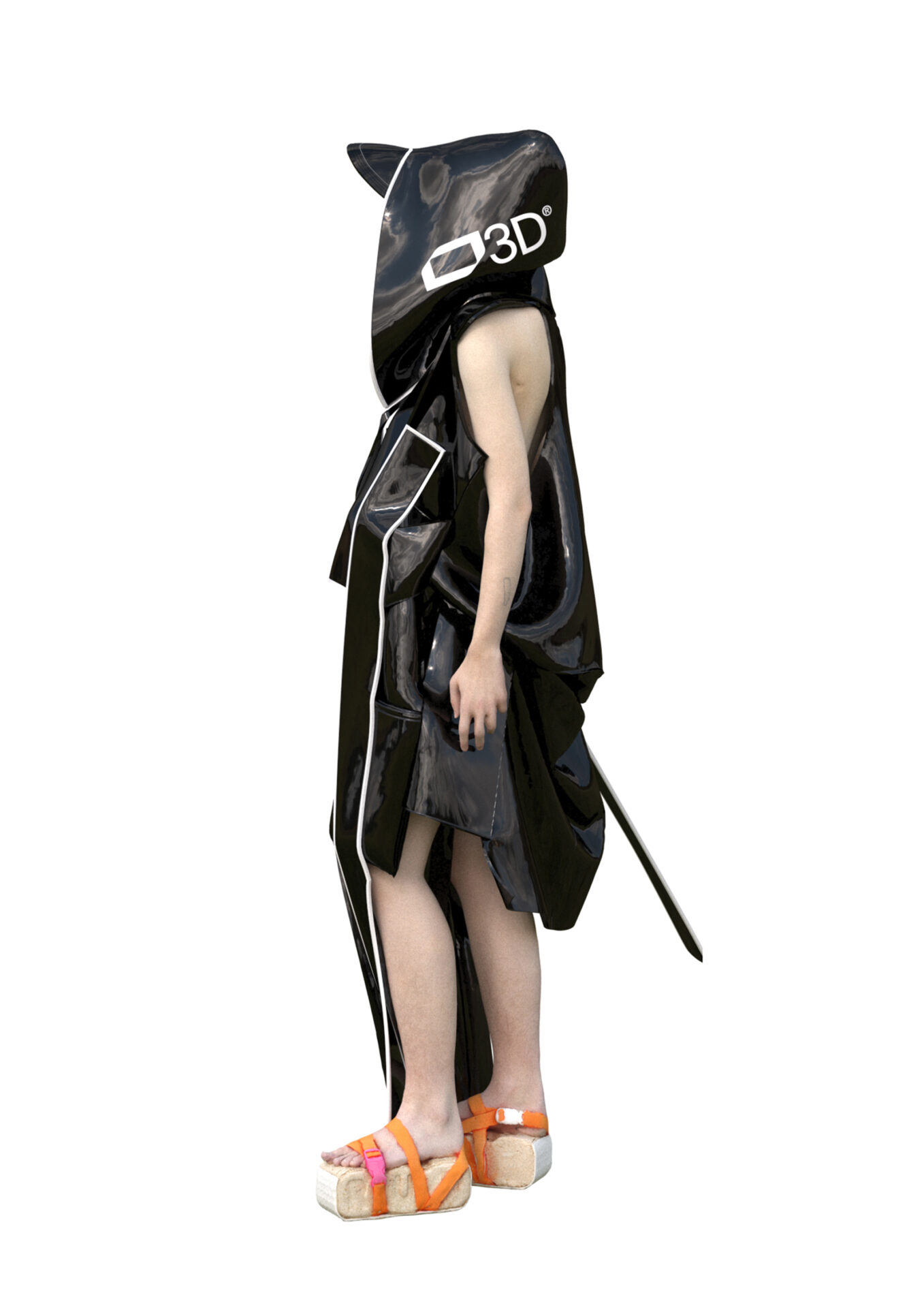

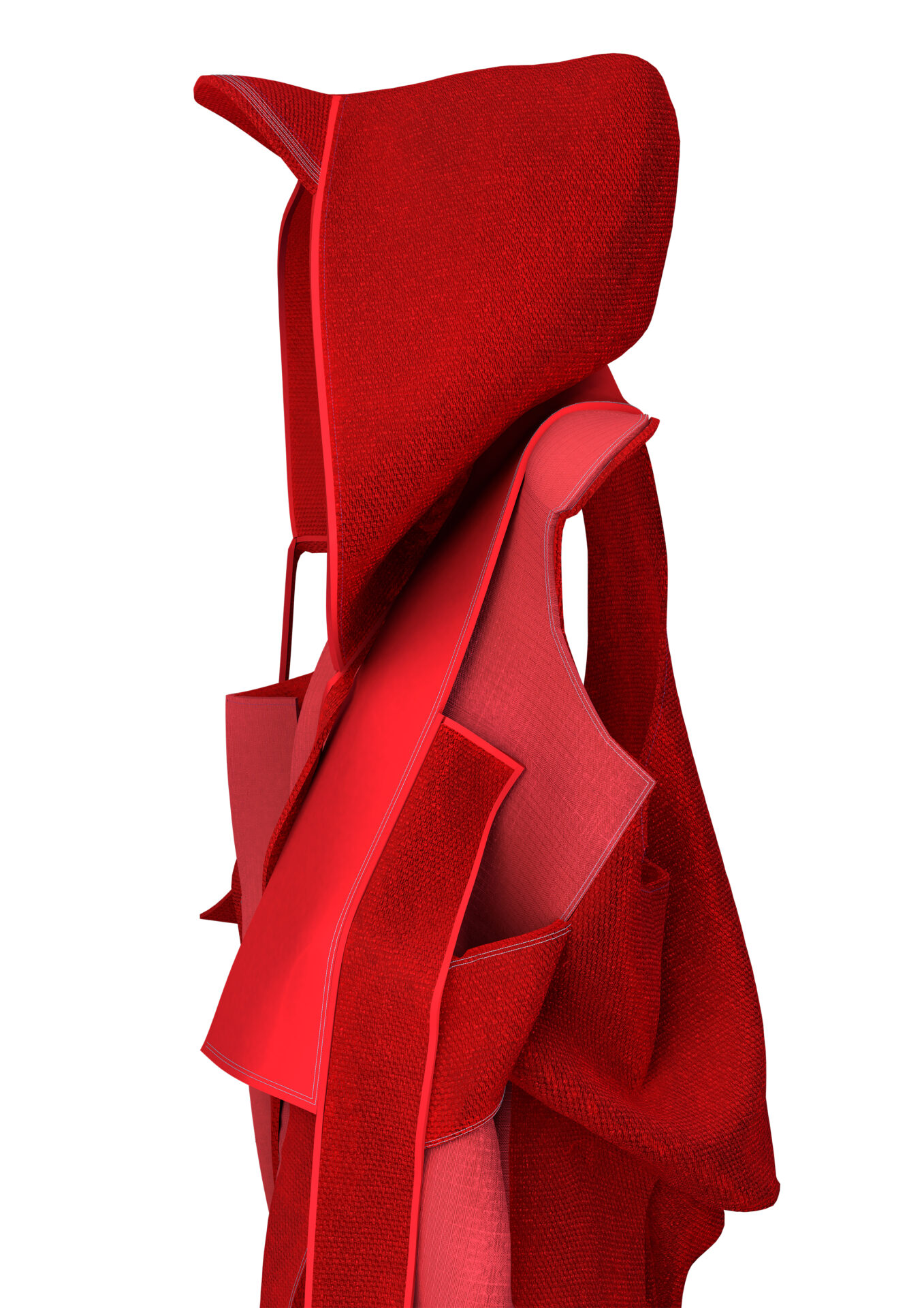
What’s the future of 3D apparel?
The future of digital fashion is bright and still coming up in my opinion. Soon it will become the norm for designers to design digitally as well as for customers‘ eye to see 3D fashion. Digital prototypes have the potential to shift the fashion production to become more sustainable. The process of a garment production is quite linear: design-manufacture-market, there has not been much of a change in the last 150 years. 3D visualisations allow us to imagine new business models that are more sustainable and circular, such as pre-sale collections or hands-free shopping.
Can 3D clothing serve a greater good?
I think that it can serve to form a new way of perceiving and understanding fashion, and to build a new relationship between the garment and its wearer. The digital interconnected world has immense impact on how we shape our identity and how we communicate to others. The border between what is real and what is digitally represented will become thinner. Although digital fashion is still something quite visual and not tangible, it can serve a more sustainable production and personalised garments for individuals. Each garment is treated as a precious object. No more waste!
On the other hand, we still need a computer or a device to create the digital garment. COVID-19 raised awareness about 3D fashion since many fashion weeks around the globe went digital. It also raised a discussion whether digital fashion is truly sustainable. According to The Fabricant’s research that will be published soon: for digital garment production, you use nine times less energy and material than you would use to produce it physically from a fabric. What I think is cool is the connection between fashion design and production. It will come to a moment when you will download an app, bodyscan your figure, try the chosen garment on, adjust it and then it will be produced for you. Our role as designers is to prevent this idea to be hijacked by huge businesses to create even more products that people don’t need.

What is the collaboration with NIVVA about?
Nivva is my muse. She worn the digital pieces from my no-waste collection. I enjoy working with her. I love how she fuses her liquid identity with music. She draws new boundaries.

BIO
Žil Julie Vostalová creates digital models of clothing a accessories. Bodyscans, scan adjustments, digital object modelling and animation. She takes interest in alternative forms of the catwalk, the development of digital fitting and overlaps into AR, VR and MR.
Together with Helena Todd, she creates the Tranformer Jacket project (https://www.transformerjacket.com/). The page also functions as a portfolio of links to personal projects of both artists. Julie founded the idea of the PhyGital fashion lab named OFFORM3D but she’s not a part of the team anymore even though the project still continues.
CREDITS
NIVVA interview /
3Ddressmaker / @3dressmaker
CLO / @itsclo3d
The Fabricant / @the_fab_ric_ant
Žil Julie Vostalová / Transformer JACKET
Žil Julie Vostalová interview /
3Dofform / collaboration with @NIVVA
Clothes / Transformer Jacket
Accessories / Bold Studio
3D clothes /
Clothes collab with AudireFluctus @KryštofBrůha, @Odivi, @VodafoneCZ
Clothes collab with Helena Todd/ @transformerjacket, @toddhelena, @ziljvostalova, @New Aliens Agency ,
Models / Rozalie, Steinsvel, Terezie
